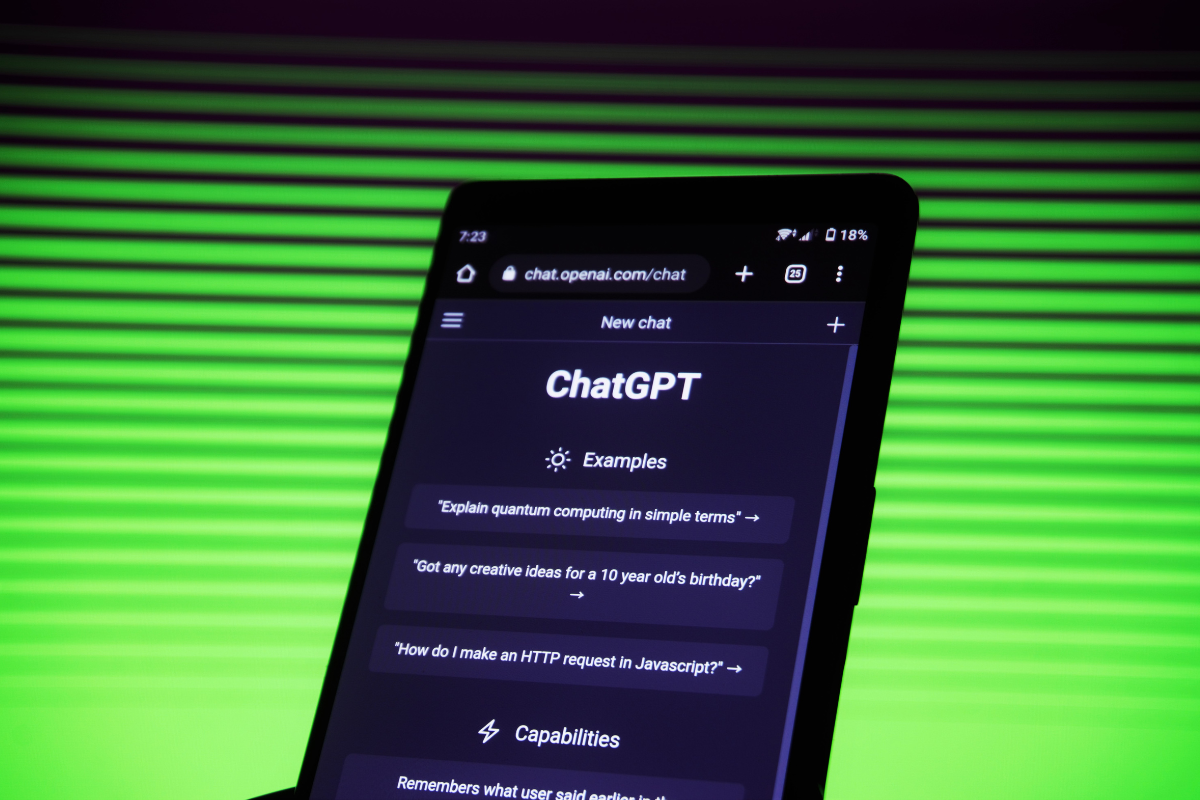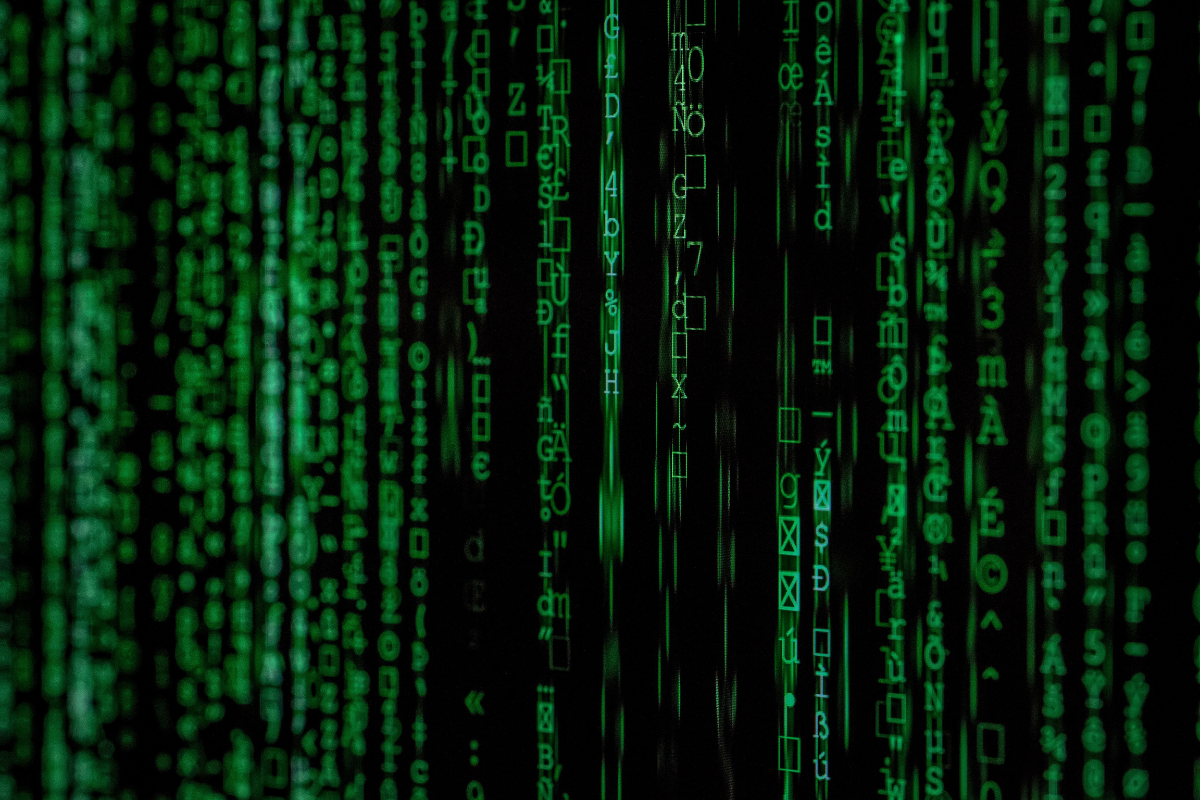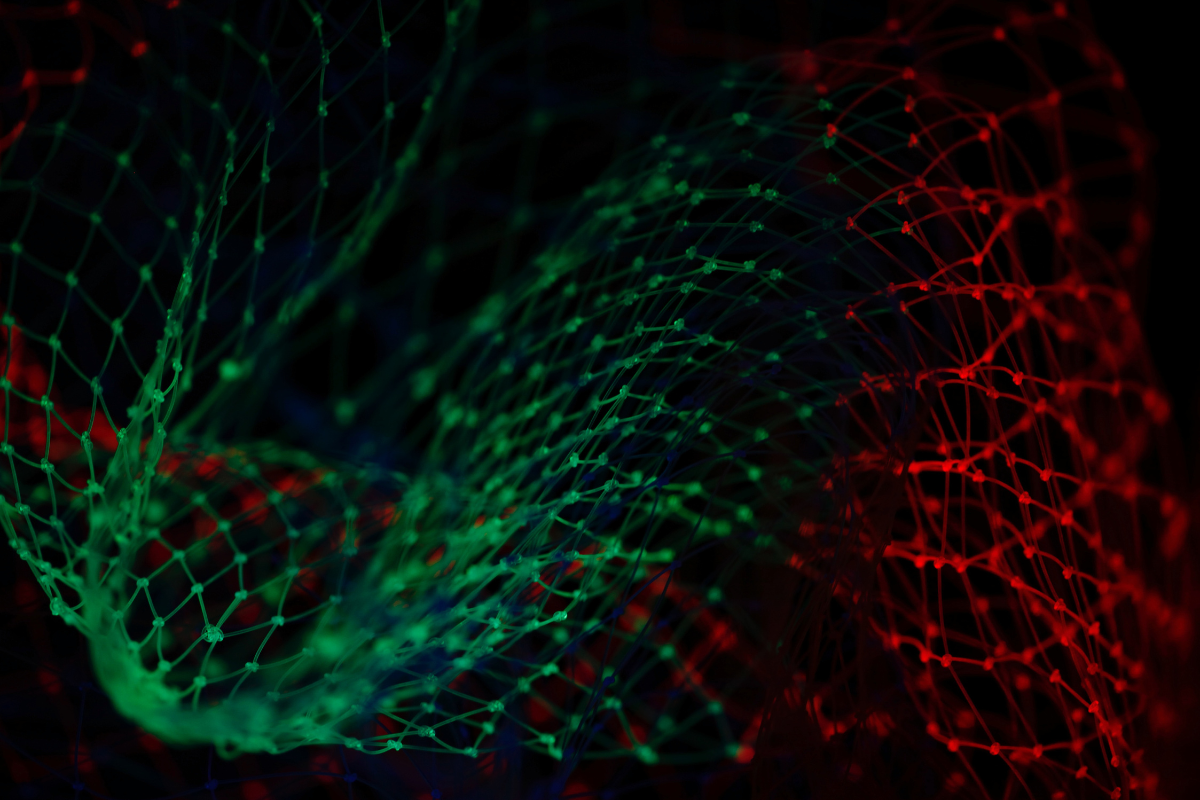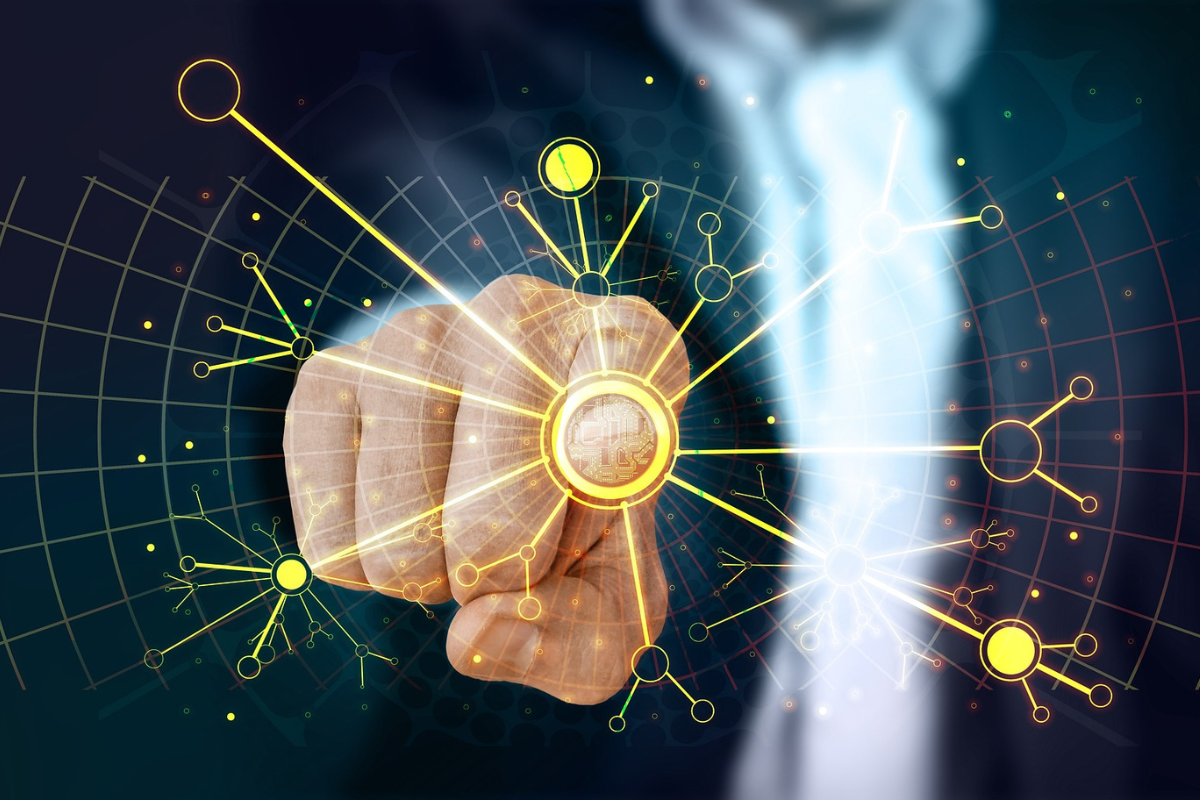In February, my book about AI was finally published after five years of researching and writing.
The timing was fortuitous. ChatGPT had just taken the world by storm; the AI chatbot arms race was kicking into billion-dollar overdrive; and AI was all that anyone in the business world wanted to talk about. I certainly wasn’t going to complain.
My conversations about AI since then have taken place in a startling variety of places, from Oxford colleges to Thai tea shops to backstage at the South by Southwest conference. People from many walks of life have shared their predictions of what AI’s growth will mean to them and the world at large, including media publishers, business executives, famously talkative taxi drivers and so on.
The specifics vary from person to person, but their perspectives can be sorted into three general categories. I call them bloomers, gloomers and doomers.
Bloomers, gloomers and doomers

Bloomers are people who believe that AI adoption will follow a similar path as previous industrial revolutions. First, there will be great disruption, followed by tweaks to the powerful-though-imperfect new systems put into place, which ultimately unlock unprecedented human flourishing.
Bloomers are people who believe that AI adoption will follow a similar path as previous industrial revolutions.
The bloomer viewpoint is plausible because it’s happened before, like the advent of steam power in the 19th century, and it’s already possible to detect similar patterns with the development of AI.
For example, the public release of ChatGPT was almost immediately marred by instances of people “jailbreaking” the chatbot to make it say slurs and obvious lies. When OpenAI released GPT-4 (the language model that powers ChatGPT and other chatbots) in mid-March, the company claimed it was “82 percent less likely to respond to requests for disallowed content”. Not perfect, as even its creators would admit, but it sounds like a swift and meaningful step in the right direction.
Gloomers take a less optimistic view of AI’s current trajectory and future use cases. This is the “robots are going to take all the jobs” position. Again, you don’t have to squint too hard to see where they’re coming from. The classic, albeit oversimplified, tale of industrialization is one of small artisans being squeezed out of their livelihoods by cheaper, faster machine labor. But you don’t have to reach back to the 1800s to find the phenomenon in action.
A growing number of media companies are already using AI to write news articles, and the fact that these articles are riddled with factual errors and awkward syntax matters less to those in charge than the money saved by not assigning the stories to human writers.
Journalists aren’t the only ones feeling the pinch. ChatGPT is also being used to crank out legal papers, which could potentially be a step toward making human lawyers obsolete as well, according to Reuters.
Gloomers see the encroachment of AI into creative domains as the first step of a robotic invasion that will soon wipe out a wide swathe of jobs.
If that sounds a bit grim, it’s positively bubbly next to the doomers. They are full of cautionary tales about AI running amok and ruining the world – think Terminator, The Matrix, Blade Runner and Black Mirror.
Such fears are not solely the province of science fiction. Sam Altman, the CEO of OpenAI, said he believes humanity is “not that far away from potentially scary” AI developments. Altman, who is the head of the company that created the AI tool currently capturing the world’s imagination, is also famous for his collection of guns, gold and gas masks, which he stores in a doomsday bunker on a large plot of land in a remote part of California.
It’s understandable why others might be apprehensive too.
Whose vision is most plausible?

I’ve had dozens of conversations with people who would characterize themselves (in so many words) as bloomers, gloomers or doomers. And at some point the other person always asks, “So, what do you think?” Over the past half-decade, my views have evolved quite a bit, and here’s where they stand today.
I would characterize myself as “a cautious bloomer,” with plenty of caveats. Altman isn’t the only one who sees the wisdom in hedging bets when it comes to AI. Anyone who tells you with certainty that X or Y will happen is selling you certainty they themselves can’t possess. When it comes to AI, there are simply too many moving parts to speak in absolute terms.
In my opinion, the most important variable isn’t technological, at least not in the conventional sense. I believe the human factor will be what determines the tone of our AI-integrated future.
Over the years, I’ve had many conversations with the scientists, engineers and thinkers who are shaping that future, and I’ve been encouraged by the depth and breadth of their reflections about their role in developing AI. If the leaders who implement AI are similarly nuanced and expansive in their thinking, we have reason for optimism.
With the right leadership, AI’s potential could be harnessed for the benefit of all humanity.
Gloomers would probably disagree. They see the encroachment of AI into creative domains as the first step of a robotic invasion that will soon wipe out a wide swathe of jobs, from copywriters to paralegals to heaven knows what else. However, it’s important to remember that tech development is not always linear (or exponential). And just because AI can perform some discrete tasks of a job doesn’t mean it can do that job completely on its own.
Remember when autonomous vehicles were supposed to wipe out traditional jobs like driving taxis or delivery trucks? After a decade of hype – and some not-insignificant progress, to be fair – there’s still a person behind the wheel of the bus that brings you to work. It doesn’t take an enormous leap of imagination to envision a future where many workers use AI like drivers use Google Maps: an essential tool that streamlines their work without replacing them entirely.
A doomer might respond with something to the effect of: “That’s all well and good for now, but look at the pace of AI development, and look at the forces who are taking a growing role in guiding it”.
Elon Musk is reportedly trying to develop an “anti-woke AI” after becoming upset at ChatGPT’s refusal to say racial slurs. Militaries around the world are racing to create fully autonomous AI weapons platforms. Despite the Department of Defense’s investment in addressing ethical considerations, it’s not impossible that such platforms could fall into the wrong hands or become poorly directed.
Of course, Musk was also promising to build a Mars colony by 2020. And history is full of examples of expensive military experiments that didn’t pan out. This doesn’t mean the latest batch of apocalyptic headlines should be dismissed out of hand, but perhaps they should be taken with a grain of salt.
Leaders and the future of AI

Our AI future is not preordained, for good or ill. We have reason for caution, but we also have encouraging seeds that could blossom if nurtured correctly. With the right leadership, AI’s potential could be harnessed for the benefit of humanity.
This is why it’s more important than ever for leaders to develop their powers of empathy, compassion and expansive thinking. In doing so, they will be able to direct AI’s purpose in effective and uplifting new ways, to say nothing of the positive impact on their organizations’ bottom lines. As I write in my book:
“In our shared future, threshold leaders will be needed more than ever, as they will be the ones who are embodied enough to inspire us to see AI as a source of hope, inspiration, and consciousness, rather than as a source of threat.”
Today’s leaders have an opportunity to shape the future that’s unique in all of human history. We should all be rooting for them to rise to the challenge.
Dr. Nick Chatrath is an expert in leadership and organizational transformation whose purpose is helping humans flourish. He holds a doctorate from Oxford University and serves as managing director for a global leadership training firm. His newly published book is The Threshold: Leading in the Age of AI.







